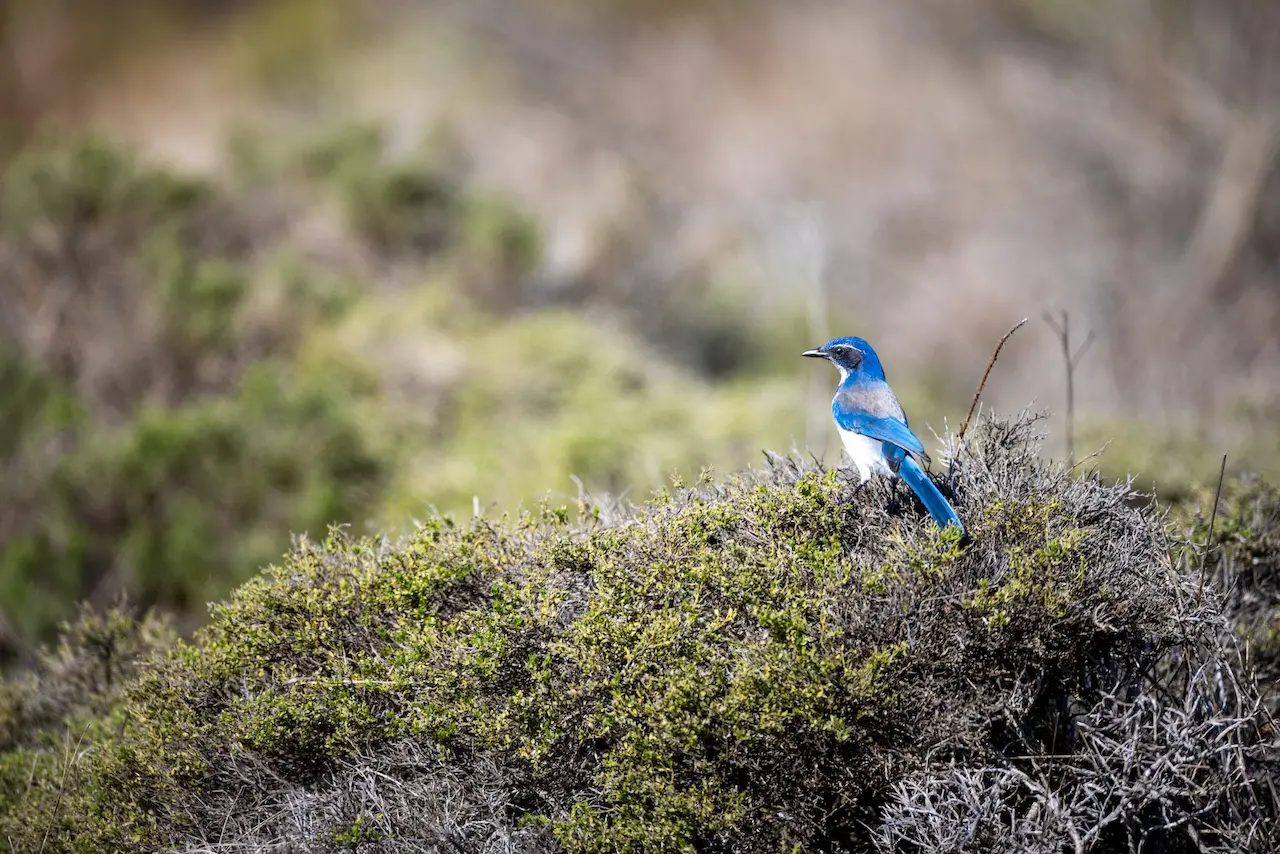Backyard BirdsUncategorized
Northern Cardinal (Cardinalis cardinalis) Subspecies & Ranges
19 Subspecies of Cardinalis cardinalis have been recognized. They are mostly distinguished based on the color of the females’ face masks, which range from very pale to nearly black. Also, cardinals occurring in the south-central range are said to be considerably brighter than their east coast counterparts.
Cardinal Group (4)
- Cardinal, Northern Cardinal(Cardinalis cardinalis cardinalis, previously Richmondena cardinalis cardinalis – Linnaeus, 1758) – Nominate Form
- Range: Canada and USA: Most of the eastern half of the US and southeastern Canada – from southeastern South Dakota south to eastern Oklahoma and central Louisiana, east to Atlantic coast, except for southeastern Georgia and peninsular Florida.
- Florida Cardinal, Northern Cardinal (Cardinalis cardinalis floridanus, previously Richmondena cardinalis floridanus – Ridgway, 1896)
- Range: Southeastern USA – specifically southeastern Georgia south to peninsular Florida.
- Louisiana Cardinal, Northern Cardinal(Cardinalis cardinalis magnirostris, previously Richmondena cardinalis magnirostris – Bangs, 1903)
- Range: Southern USA – from south Texas north to central Oklahoma, east to southern Arkansas, east and south to southwestern Mississippi and Louisiana.
- Grey-tailed Cardinal, Northern Grey-tailed Cardinal (Cardinalis cardinalis canicaudus, previously Richmondena cardinalis canicaudus – Chapman, 1891)
- Range: USA and Mexico: In USA, they are found in western Oklahoma; central and western Texas south to central and eastern Mexico (from Coahuila south to eastern Jalisco, Guanajuato, central San Luis Potosí and Hidalgo).
Coccineus Group (6)
- Cardinalis cardinalis coccineus, previously Richmondena cardinalis coccineus (Ridgway, 1873)
- Range: Central, Eastern, Southern Mexico – along the Atlantic slope of central eastern Mexico in eastern San Luis Potosí, Veracruz, (except extreme southern parts), northeastern Puebla and northern Oaxaca.
- Cardinalis cardinalis littoralis, previously Richmondena cardinalis littoralis (Nelson, 1897)
- Range: Southeastern Mexico – from the Lowlands of southern Veracruz and Tabasco.
- Cardinalis cardinalis yucatanicus, previously Richmondena cardinalis yucatanicus (Ridgway, 1887)
- Range: Southeastern Mexico at the base of the Yucatán Peninsula.
- Cardinalis cardinalis phillipsi, previously Richmondena cardinalis phillipsig (Parkes, 1997)
- Range: Southeastern Mexico in the coastal scrub of the Yucatán Peninsula.
- Cardinalis cardinalis flammiger, previously Richmondena cardinalis flammiger ( J. L. Peters, 1913)
- Range: Mexico / Belize and Guatemala: In southeastern Mexico from central and south Quintana Roo; northeastern Belize and northern Guatemala (Petén).
- Cozumel Northern Cardinal(Cardinalis cardinalis saturatus, previously Richmondena cardinalis saturatus (Ridgway, 1885)
- Range: Cozumel Islands in the Caribbean Sea off the eastern coast of Mexico’s Yucatan Peninsula.
Igneus Group (8)
- Saint Lucas Cardinal, San Lucas Cardinal, St. Lucas Cardinal(Cardinalis cardinalis igneus, previously Richmondena cardinalis igneus – S. F. Baird, 1860)
- Range: Baja California south of the 27th parallel north (circle of latitude that is 27 degrees north of the Earth’s equatorial plane), which is about half-way down the peninsula, south of the towns of Villa Jesus Maria and Mulege.
- Arizona Cardinal(Cardinalis cardinalis superbus, previously Richmondena cardinalis superbus – Ridgway, 1885)
- Range: USA and Mexico – Southwestern USA, from extreme southeastern California east through Arizona to southwestern New Mexico; south to northwestern Mexico (northern Sonora).
- Santa Gertrudis Cardinal(Cardinalis cardinalis seftoni, previously Richmondena cardinalis seftoni – Huey, 1940)
- Range: Northwestern Mexico: Central Baja California, about halfway down the peninsula.
- Cardinalis cardinalis clintoni, previously Richmondena cardinalis clintoni (Banks, 1963)
- Range: Northwestern Mexico – Jacques Cousteau Island (formerly known as “Cerralvo Island” or “Isla Cerralvo”), off southeastern Baja California peninsula.
- Cardinalis cardinalis townsendi, previously Richmondena cardinalis townsendi (van Rossem, 1932)
- Range: Western Mexico – Tiburón Island in the Gulf of California and the adjacent state of Sonora, where they occur in coastal areas.
- Cardinalis cardinalis affinis, previously Richmondena cardinalis affinis (Nelson, 1899)
- Range: West central Mexico – southeastern Sonora, southwestern Chihuahua, Sinaloa and western Durango.
- Cardinalis cardinalis sinaloensis, previously Richmondena cardinalis sinaloensis (Nelson, 1899)
- Range: Western Mexico – Central and southern areas of Sinaloa south to Michoacán.
- Cardinalis cardinalis mariae, previously Richmondena cardinalis mariae (Nelson, 1898)
- Range: Off the western coast of Mexico (off the Mexican state of Nayarit) – The Islas Marías island group – where they occur on all three islands: María Madre, María Magdalena and María Cleofas).
Carneus Group (1)
- Long-crested Cardinal, Long-crested Northern Cardinal (Cardinalis cardinalis carneus, Cardinalis carneus, previously Richmondena cardinalis carneus – Lesson, 1842)
- Range: Western coast of Mexico from the state of Colima south to Isthmus of Tehuantepec.
The Northern Cardinals form a superspecies with the South American Venezuelan Cardinal (or Vermilion Cardinal).






